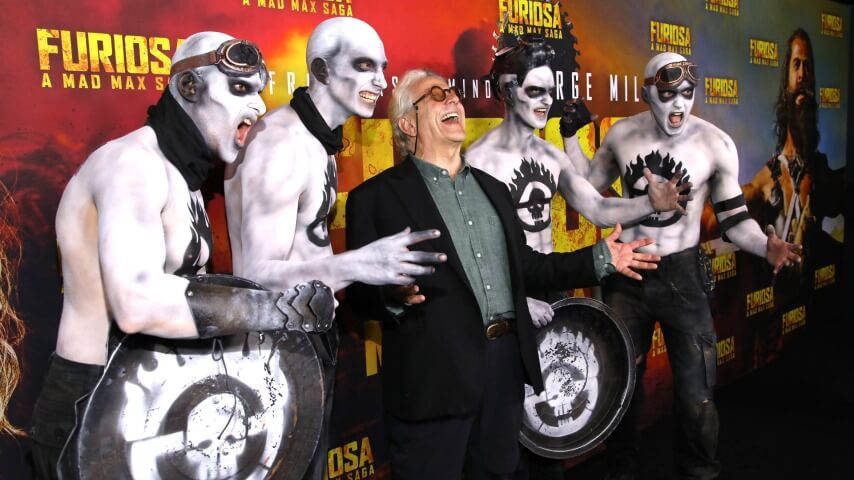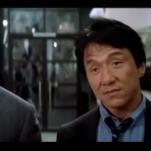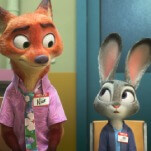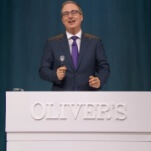Welcome to the Wasteland, where even our most acclaimed filmmakers believe that we’ll all be happily sucking slop out of the trough soon enough. Telling us not to become addicted to human creativity, for it will take hold of us and we will resent its absence, Mad Max director George Miller explained to The Guardian why AI is going to “make screen storytelling available to anyone who has a calling to it.” We always knew hope was a mistake.
“AI is arguably the most dynamically evolving tool in making moving images,” Miller says. “As a filmmaker, I’ve always been driven by the tools. AI is here to stay and change things.”
In some regards, he’s not wrong. Some of the technology being developed now, much of which isn’t as new as many AI boosters would like us to believe, will stick around long after the AI bubble bursts. The sweetening effects on The Brutalist, for instance, are a technology that has been used for years and was introduced into the AI discourse through Oscar race chicanery. That isn’t all Miller’s talking about, though. Disappointingly, Miller will serve as the lead judge of the Omni 1.0 AI film festival in Sydney, Australia, later this month. The biannual festival (a bold claim for a festival founded in December 2024) offers a “snapshot of what is possible in the world of generative and artificial intelligence-powered video and film creation.” What’s possible? Based on the sizzle reel of chum designed to lure in festival goers, more plasticy humanoids doing TikTok dances and staring blankly at the camera. It’s akin to the type of slop you find after blowing away the digital dust on an unused Facebook account.
Nevertheless, Miller, the director of some of the most original and captivating motion pictures, is impressed by a rejumbling of other people’s work. He believes that the technology will make “storytelling available to anyone who has a calling to it,” erasing the need to “raise funds” because future filmmakers will simply be using other artists’ hard work. “I know kids not yet in their teens using AI,” Miller says. “They’re making films – or at least putting footage together. It’s way more egalitarian.” The first Mad Max had “30 people in the credits.” In contrast, Furiosa employed “over 1,000 people” and “a huge number of visual effects artists.” By using work that’s been scraped from the internet, there’s no need to hire anyone.
To him, it’s another one of those moments in history when a new tool threatens the old ways, like a crypto-brained brother-in-law at Thanksgiving telling you, “You know, Socrates hated writing.” (We all hate writing, Derek.) “That shift sparked controversy – some argued that true artists should be able to commit to the canvas without corrections, others embraced the new flexibility,” Miller continues. “A similar debate unfolded in the mid-19th century with the arrival of photography. Art has to evolve. And while photography became its own form, painting continued. Both changed, but both endured. Art changed.”








































